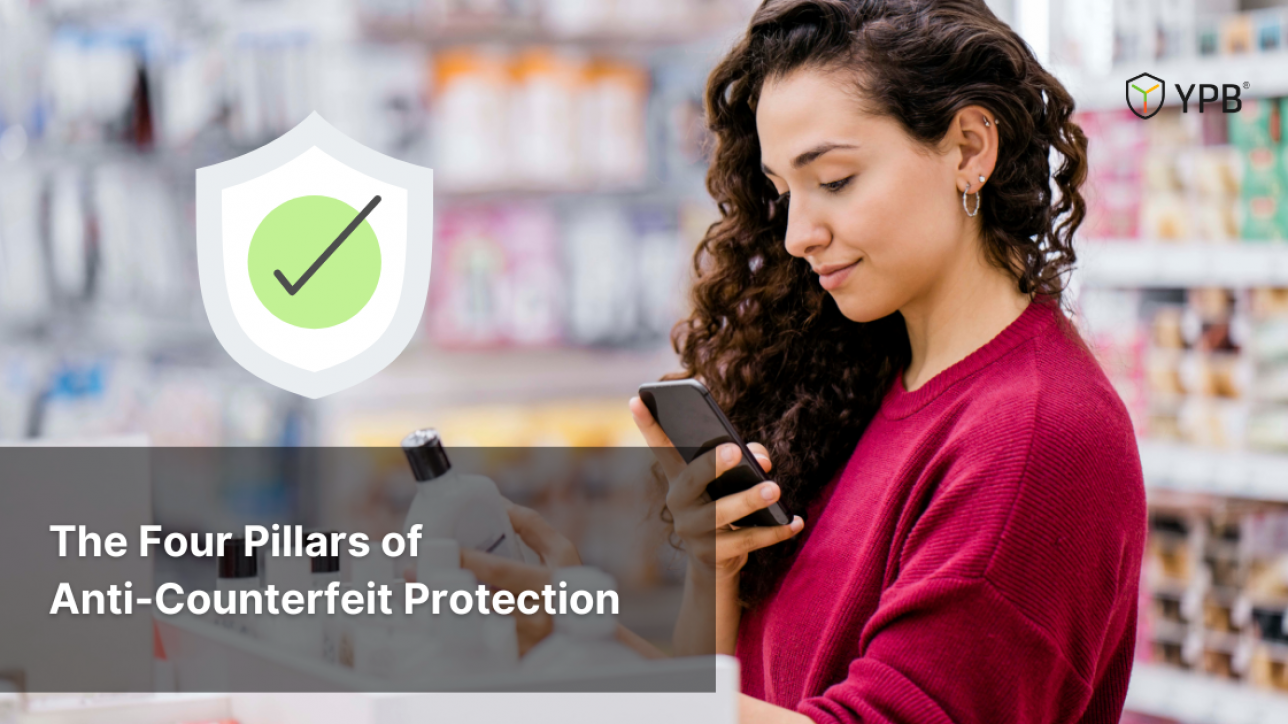anti-counterfeit protection and product authentication
Protect your brand, products, and customers from counterfeit products with these four essential strategies.
Here are the four pillars of anti-counterfeit protection:
- Authentication measures: Using holograms, guilloche patterns, and other visible or invisible security features to make it difficult for counterfeiters to replicate your products.
- Tracking and tracing systems: Monitoring the movement of your products through the supply chain and using unique identifiers, such as serial numbers or RFID tags, to identify and locate counterfeits.
- Legal action: Taking legal action, such as filing a lawsuit or working with law enforcement, to stop the sale of counterfeits and protect your intellectual property.
- Consumer education: Educating consumers about the dangers of counterfeits and how to identify genuine products, in order to prevent them from purchasing counterfeits by mistake.
anti-counterfeit protection and product authentication
Counterfeit products can be a major problem for businesses of all sizes. Not only do they damage the reputation of your brand, but they can also harm your customers and undermine your bottom line. Counterfeiting can also lead to lost sales and revenue, as consumers may unknowingly purchase counterfeit products instead of the real thing. That’s why it’s so important to have a strong anti-counterfeit strategy in place. In this article, we’ll outline the four pillars of effective anti-counterfeit protection.
anti-counterfeit protection and product authentication
1. Authentication Measures
One of the most effective ways to combat counterfeiting is to use authentication measures that make it difficult for counterfeiters to replicate your products. This can include using holograms, watermarks, and other visible security features, as well as invisible features that can only be detected with special equipment. These measures not only protect your products from counterfeiting, but they also help to build consumer trust in your brand.
Some examples of authentication measures that can be used to protect products from counterfeiting include:
- Holograms: Holograms are three-dimensional images that are created using laser technology. They are difficult to replicate and are often used as a security feature on documents, credit cards, and other valuable items.
- Guilloche patterns: Guilloche patterns are intricate, interwoven patterns that are created using precise mathematical calculations. They are often used on documents, currency, and other valuable items as a security feature, as they are extremely difficult to replicate.
- Security threads: Security threads are thin, metallic stripes that are embedded into paper or plastic. They are often used on documents and currency as a security feature.
- Invisible ink: Invisible ink is a type of ink that is only visible under certain conditions, such as when it is exposed to UV light. It can be used to mark products in a way that is difficult for counterfeiters to replicate.
By using authentication measures like these, you can make it difficult for counterfeiters to replicate your products and protect both your brand and your customers.
anti-counterfeit protection and product authentication
2. Tracking and Tracing Systems
Tracking and tracing systems can help you monitor the movement of your products through the supply chain and identify any potential counterfeits. These systems can be as simple as serialisation, which involves assigning a unique identifier to each product, or as complex as using RFID (radio-frequency identification) technology to track the movement of individual products in real-time. By implementing a tracking and tracing system, you can more easily locate and remove counterfeits from the market, protecting both your products and your brand.
Some examples of tracking and tracing systems that can be used to combat counterfeiting include:
- Serialisation: Serialisation involves assigning a unique identifier, such as a barcode or QR code, to each product. This identifier can be used to track the movement of the product through the supply chain and identify any potential counterfeits.
- RFID technology: RFID (radio-frequency identification) technology involves using small, RFID tags to track the movement of individual products in real time. These tags can be attached to products and tracked using RFID readers.
By implementing a tracking and tracing system, you can more easily identify and remove counterfeits from the market, protecting both your products and your brand.
anti-counterfeit protection and product authentication
3. Legal Action
If you do discover counterfeits of your products on the market, it’s important to take legal action to stop the sale of these products and protect your intellectual property. This can include filing a lawsuit against the counterfeiter, working with law enforcement to seize counterfeit products, or using other legal remedies to stop the sale of counterfeits. Legal action can be an effective way to deter future counterfeiting and protect both your products and your brand.
anti-counterfeit protection and product authentication
4. Consumer Education
Finally, it’s important to educate your customers about the dangers of counterfeits and how to spot them. This can help reduce demand for counterfeits and protect your customers from potentially harmful products. You can do this through social media campaigns, in-store signage, and other marketing efforts. By educating your customers, you can not only protect them from counterfeits but also help to build brand loyalty and trust.
anti-counterfeit protection and product authentication
Conclusion: The Four Pillars of Anti-Counterfeit Protection
Counterfeiting is a major threat to businesses, but with the right strategies in place, it’s possible to effectively protect your brand, products, and customers. By focusing on authentication measures, tracking and tracing systems, legal action, and consumer education, you can create a strong defence against counterfeits and keep your business safe.
Protect Your Products and Customers with These Anti-Counterfeiting Measures

